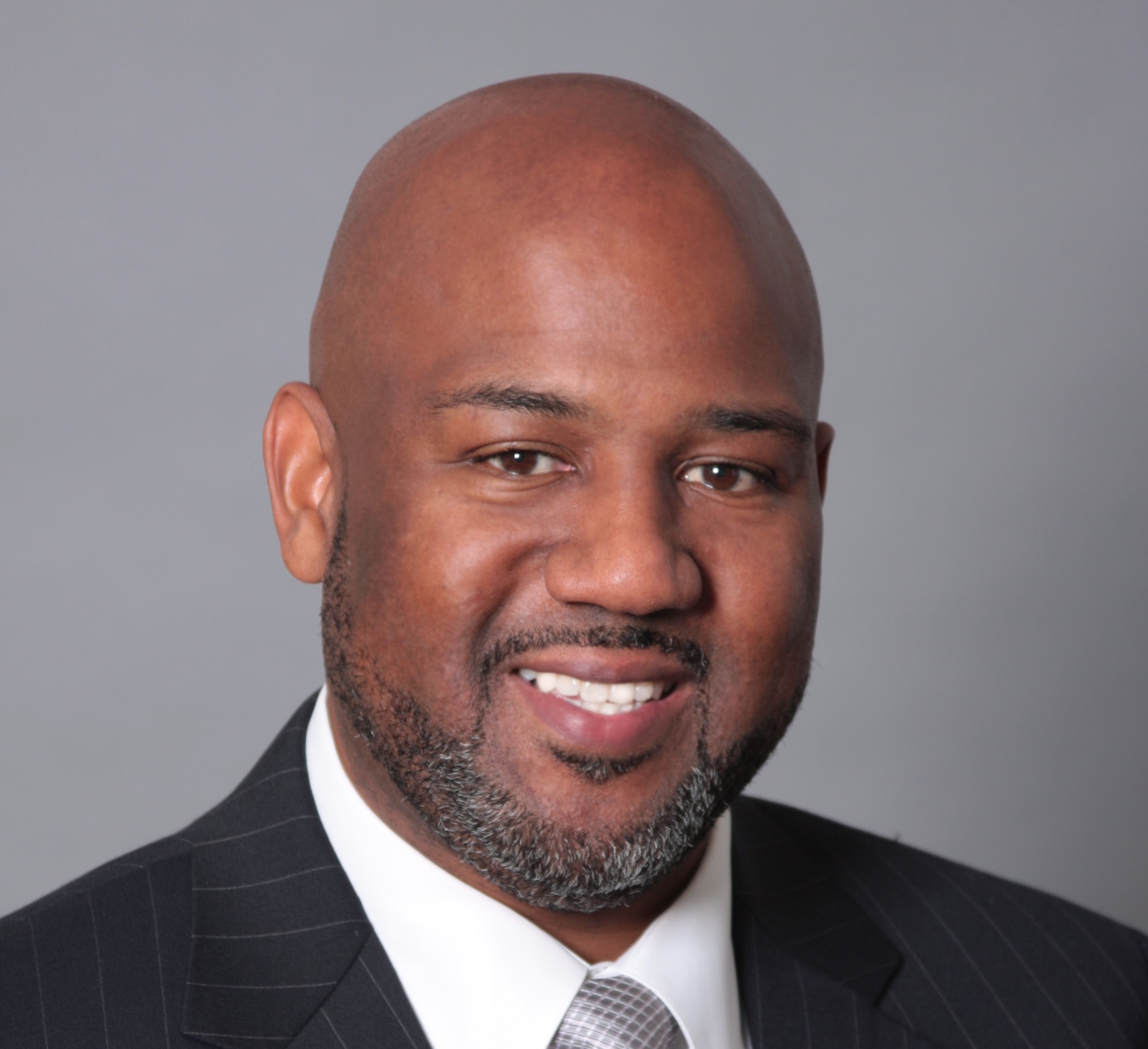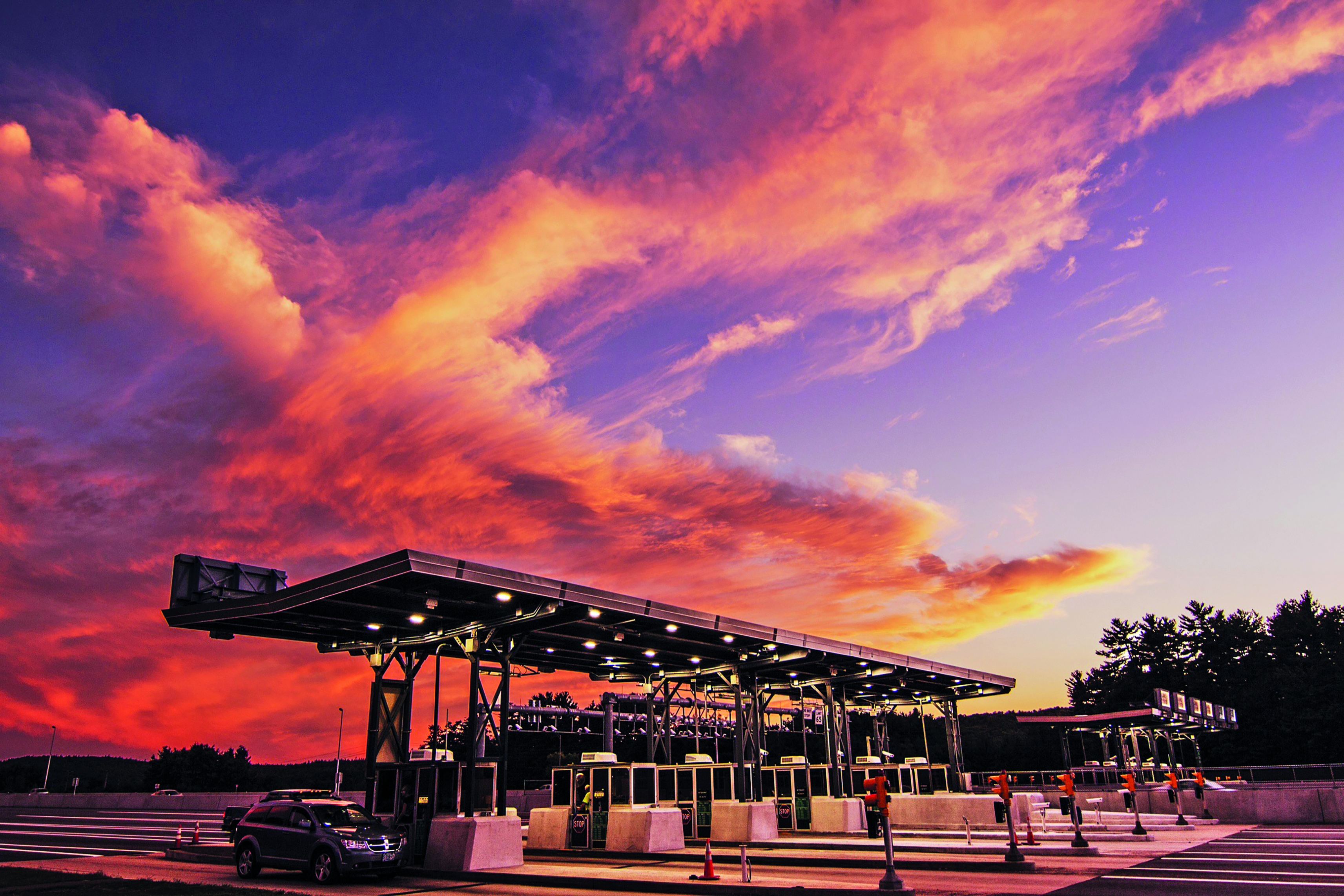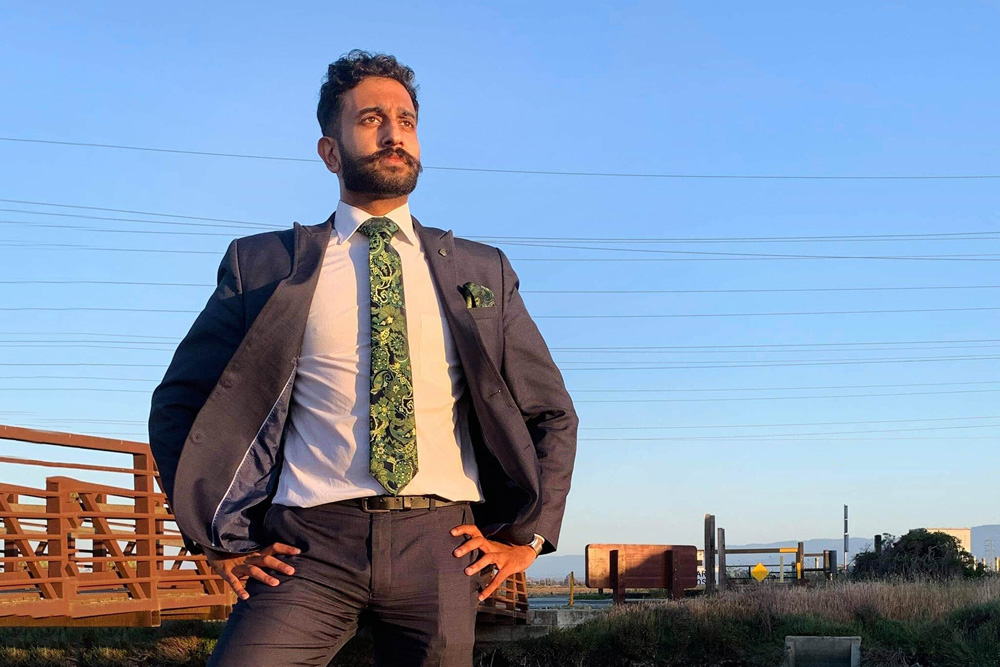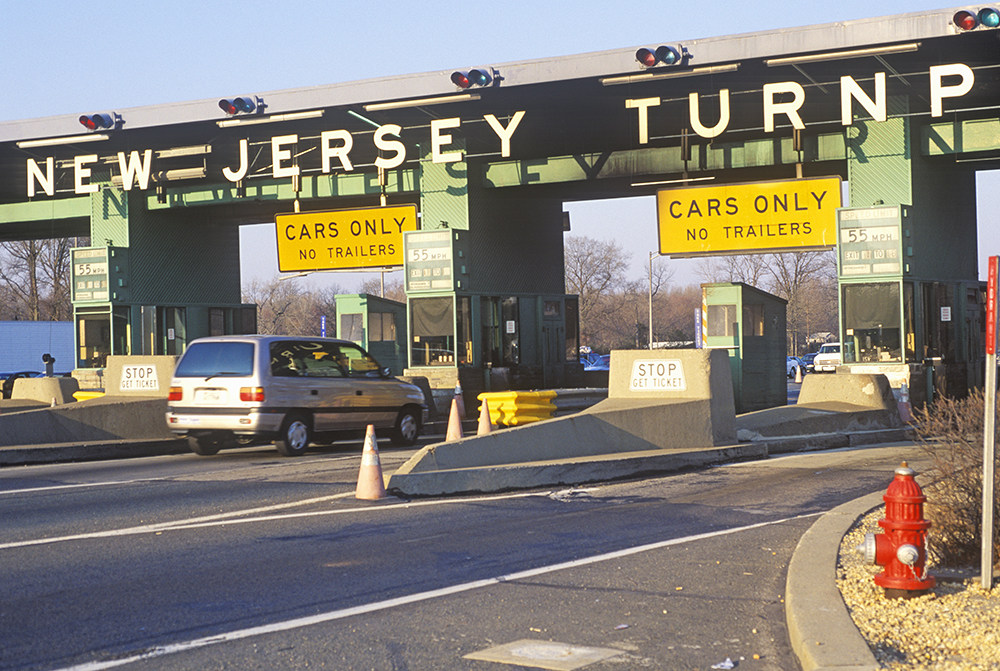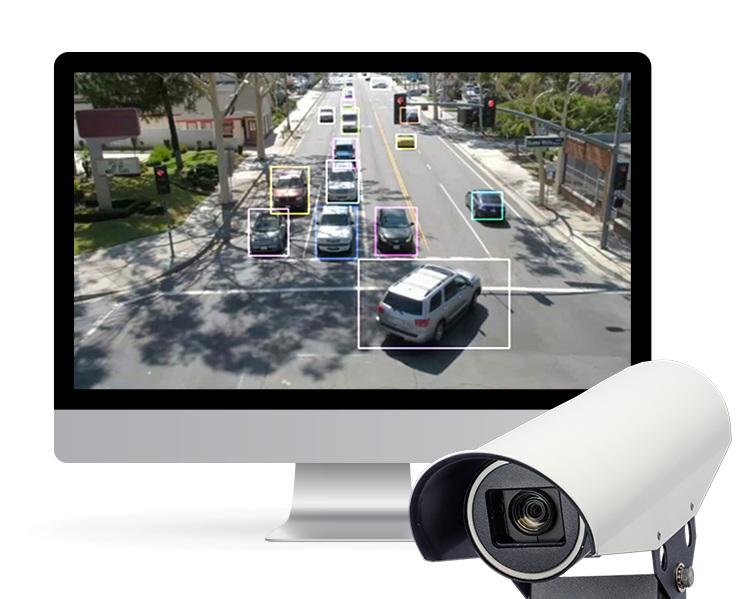
When new tolled highway infrastructure is about to go into service, the construction, management and finance specialists who brought it into being are about ready for a well-deserved celebration. But for the communications and outreach team responsible for building public support for the project – for bringing drivers to the road, and keeping partners and political stakeholders up to speed – a job that began before construction even got under way is just moving into high gear. The process of building support and momentum for a project starts early. In the weeks and months before a new facility goes live, the communications team moves to centre stage. With growing experience across a wide variety of projects, customers, and community profiles, members of the International Bridge, Tunnel and Turnpike Association (
“We’ve seen a wave of new projects in the last several years, each of them tailored to a specific set of local needs and circumstances,” says IBTTA executive director and CEO Patrick Jones. “Our members have learned what works by listening to the people who matter most – the drivers who use our roads every day.”
Identify the audience
A starting point for any successful outreach campaign is to focus on the audiences with the greatest stake in the project.
“That can sometimes be a tough group to nail down. We know that some segments of the driving public will use the facility, but identifying which group of motorists will be the primary users is key,” says Chris Tomlinson, executive director of Georgia’s
Mindy Peterson, spokesperson for RiverLink, the tolling system for the Louisville – Southern Indiana Ohio River Bridges Project, cites private users and commercial operators as two distinct audiences. “Drivers want to know how much it’s going to cost them and what they get for their money,” she says. “Commercial vehicle operators want to know the impact on their day-to-day operations – what new routes are available, how much time they can save, what tolls cost, and if they can use their existing accounts to pay their tolls.”
Tomlinson, Peterson, and Mike McGurk, spokesperson for
McGurk agrees that “ultimately, despite the communications efforts, if people are still unprepared to use the road, they go to their local officials” to find out how the new system works. If those officials have the information they need to inform their constituents, “it makes their lives easier, and it makes yours easier, too.”
Tomlinson cites local media as an essential audience, with a very specific twist. “We love talking directly with and to the traffic reporters,” he says. “They’re not likely to be looking for the sensational aspect of it, and they have insight, after flying over traffic every day. That’s an invaluable perspective to have, and if we can’t explain the project to them, we’ve lost a critical channel.”
Peterson recommends clear, concise, easy-to-digest information for general news reporters who may not be as familiar with transportation and tolling.
Tell the Story
The three executives stress the need for a robust, focused communications plan to tell a compelling story about a new tolled facility. It is never too early to start communicating important information with your drivers and the public.
“Early and often is a simplified rule of thumb,” Peterson says. “Communicate early in the process and repeat key messages often.” She points to the mix of paid, earned and social media, plus direct outreach, that is essential to get the message across.
“In the weeks and months before a tolling system launches or a new facility opens, rely on direct communication at open houses and presentations to large businesses and community groups,” she advises. “Use social media channels, especially Facebook and Twitter, to share information and answer questions. Be prepared for some scrutiny and tough questions, and be transparent with answers. Being upfront and honest is essential.”
McGurk agrees that telling a story once is rarely enough. With the 495 Express Lanes communications effort, “we had planned to end our campaign after the road opened, but there was still a level of confusion that served as a barrier to first use,” he says. “So, we came back with a second marketing campaign to keep promoting the express lanes, drive people to our website to learn about the facility and encourage drivers to take that first trip.”
Peterson cites state trucking associations, trade publications and existing tolling systems like Bestpass and PrePass as key contact points “to help spread the word and benefits of the new tolled facility.”
While customer education is a cornerstone of any successful launch, Tomlinson says agencies have to listen and learn along the way. “We had billboards that were going to tell customers to take the express lanes to get home in time for their child’s soccer game,” he recalls. “The focus groups told us people were commuting Monday through Friday to get home in time for soccer practice, and the games were on Saturday. So, we changed the signs to focus on making it to practice instead of the actual games. We have to be careful that our role as transportation professionals doesn’t overshadow our perspective as commuters.”
Incentive debate
The tolling executives all had experience to share about incentives designed to draw attention to a new road after it first opens. Some agencies offered early bird toll credits for customers who signed up for their new accounts in advance. But they mostly drew the line at grace periods, during which customers are allowed to drive a new road at no cost.
Because of construction schedules that finished ahead of schedule and continued testing of the new RiverLink tolling system, the Bridges Project ended with an inadvertent grace period and a chance for drivers to use the bridges before tolling started. Drivers had several days, and even weeks downtown, to experience the benefits of the new bridges and other traffic improvements.
Overall, grace periods have generated a lot of industry discussion, since they risk undermining a key feature of a price-managed facility: If the toll is temporarily suspended, the road may become congested, and users will come away with the wrong impression about how well a dynamically pricing toll facility can help to reduce congestion.
SRTA recently opened a facility with a two-week toll-free trial period for registered users (motorists who opened accounts prior to using the road) while non-registered users were subject to receiving violation notices, but were given warnings during the toll-free trial period. This helped manage demand in place of having the tolls and rewarded early adopters.
This approach tried to leverage early adopters to convey the benefits of the road. “What’s more powerful?” Tomlinson asks. “The government telling you that this will work and be good for you, or an early adopter telling you they tried it, and it’s great?”
In the end, a new tolled facility is a local community service, so effective communication is largely about reaching out where people already gather – from local traffic reports to community festivals, from a booth at the local speedway to an information table at the nearest
Even then, Tomlinson stresses the need for a deliberate plan to raise public awareness over time. “These projects are not a light switch,” he says. “There are ramp-up periods while customers get used to the road, try it out, then figure out for themselves the benefits of the facility and how to build it into their daily routines.”



